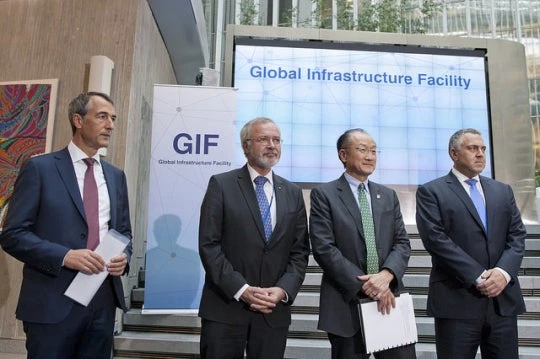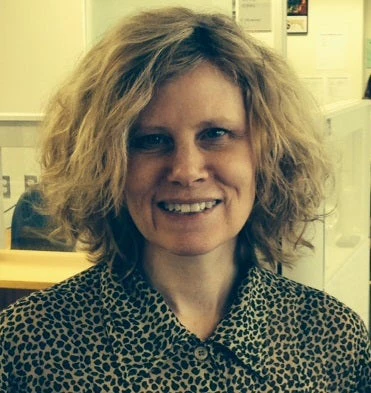The idea of “Inclusive growth” and how to achieve it was talked about a lot in the days ahead of the 2014 World Bank-IMF Annual Meetings. Among the solutions on the table was a new initiative that could help unlock billions of dollars for infrastructure and improve the lives of many.
About 1.2 billion people live without electricity and 2.5 billion people don’t have toilets. Some 748 million people lack access to safe drinking water. The Global Infrastructure Facility (GIF) announced by World Bank Group President Jim Yong Kim this week hopes to lower these numbers by developing a pipeline of economically viable and sustainable infrastructure projects that can attract financing.
The facility so far has won the support of some of the world’s largest asset management and private equity firms; pension and insurance funds; commercial banks; donor countries including Australia, Canada, Singapore, and Japan; and multilateral development institutions including the European Investment Bank, Asian Development Bank, European Bank for Reconstruction and Development, and the Japan Bank for International Cooperation.
“Economic growth is the most powerful tool we have to end poverty, yet without infrastructure – electricity, water, and roads – growth will never take off,” Kim told the institution’s member countries on Friday. “Just think about the fact that sub-Saharan Africa generates as much power in a year as Spain. If we are to end poverty, we need to power Africa.”
The GIF aims to help fill an estimated $1 trillion annual infrastructure financing gap in developing countries, where needs are large and growing. Yet private investment in infrastructure in emerging markets has actually dropped – from $186 billion in 2012 to $150 billion in 2013. The Bank Group was able to mobilize $24 billion for infrastructure last year, but that amount is “not nearly enough” to cover needs, noted Kim at the GIF signing ceremony Thursday.
Insurance and pension funds have invested less than 1% of their $80 trillion in assets in infrastructure projects – and most of that is in advanced countries. “We’ve been hearing loud and clear that the money’s out there. The real challenge is not a matter of money but a lack of bankable projects, a sufficient supply of commercially viable and sustainable infrastructure investments,” said Kim. He said the GIF aims to “crowd in the tens of billions or more” in financing currently sitting on the sidelines.
Drawing on the expertise, resources and financing instruments of the partners – the Bank Group, other multilateral development banks and the private sector – the GIF aims to help prepare and structure complex, high-quality public-private partnerships. The goal is to bring in new sources of funding that can match the life-span of infrastructure investments. To do that, projects must appeal to institutional investors seeking long-term investments with predictable cash flows. The GIF is looking at several projects with the potential to transform economies in developing countries, said Kim.
“Having the voice of major potential private investors heard at the early stages of project preparation should help reduce the risks of later failed bids,” said Kim. “Overall it means better ways to prioritize infrastructure projects and improve their design and management, as well as boosting transparency, the procurement processes and improving the overall investment climate.”
Infrastructure as a source of growth and jobs has been a top priority of the G20. Joe Hockey, finance minister of G20-chair Australia, said Australia was committing substantially to the GIF and intends to do more.
“Infrastructure is going to be one of the greatest poverty-alleviation tools of the next 50 years,” said Hockey at the signing ceremony Thursday. Tapping the skills and finance of the private sector will help “build the infrastructure that’s going to improve quality of life – better water, better electricity, better education, health facilities, and so on,” said Hockey.



Join the Conversation